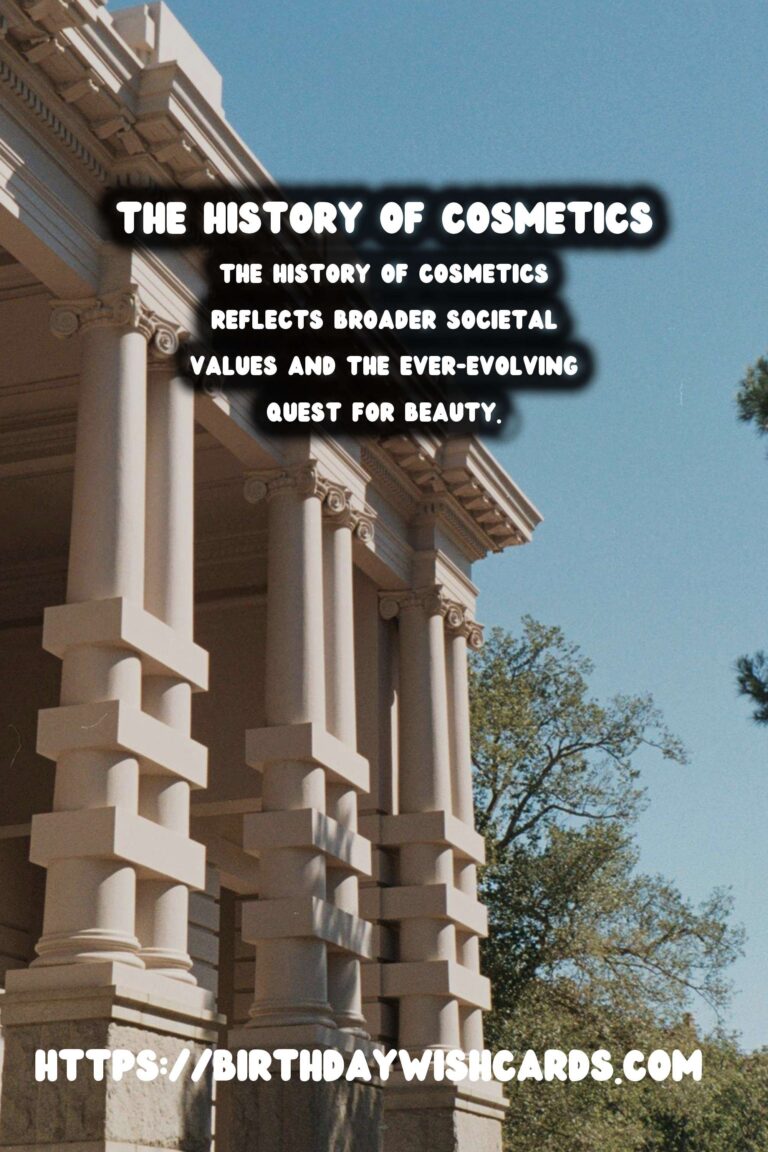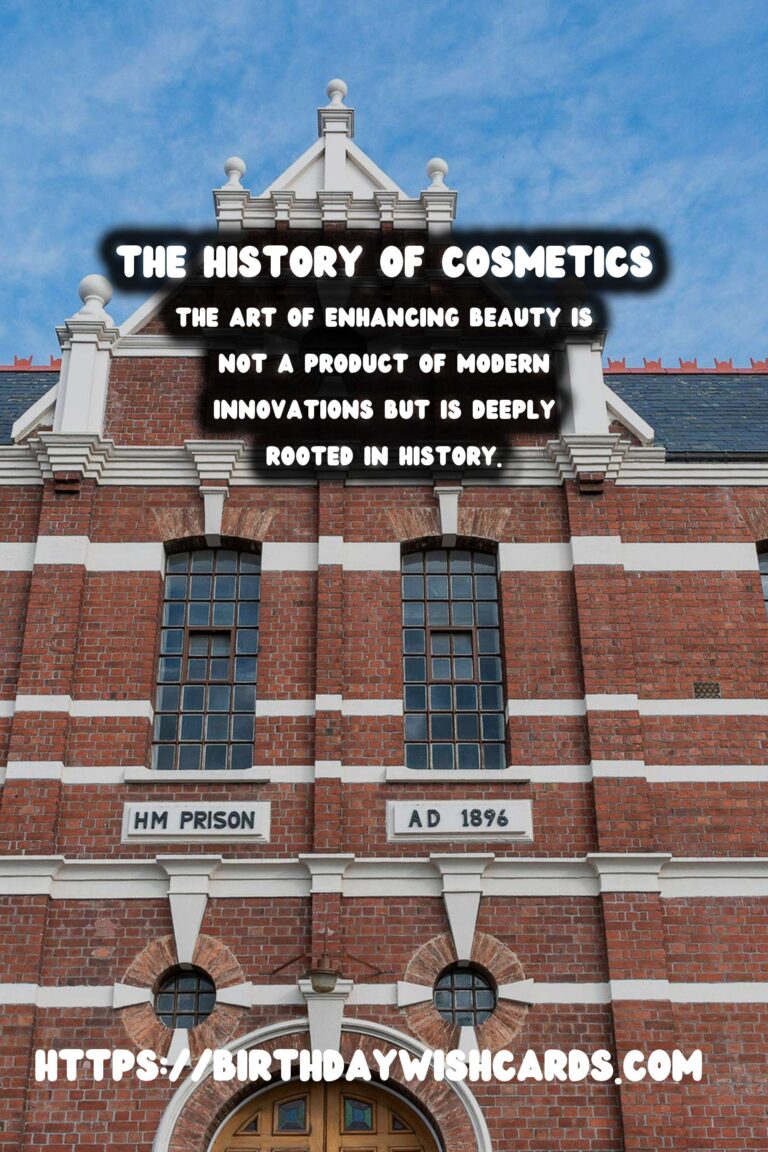
The art of enhancing beauty is not a product of modern innovations but is deeply rooted in history. The use of cosmetics dates back to ancient civilizations. Each era and culture contributed uniquely to the evolution of cosmetic products and practices, shaping what we recognize today as the beauty industry.
The Fascinating World of Ancient Roman Cosmetics
In the heart of Ancient Rome, cosmetics were an essential part of daily life for both men and women. Despite the Roman Empire’s formidable achievements in engineering and military conquests, its citizens greatly valued personal appearance. Wealthy Roman women would employ slaves to apply cosmetics, demonstrating not only the societal importance placed on beauty but also the social hierarchies reflected through cosmetic use.
Romans utilized a variety of materials to create their beauty products. Plant-based dyes like red ochre and saffron were used to tint lips and cheeks. Moreover, the Romans valued pale skin, associating it with a life free from the burdens of labor. To achieve this ideal, whiteners like chalk or lead-based substances were applied, despite their toxic effects.
The Transition to the Middle Ages
The fall of the Roman Empire ushered a new era known as the Middle Ages, marked by cultural and economic decline. During this period, cosmetics fell out of favor, partly due to the Church’s influence. The Church propagated the belief that focusing on physical beauty was sinful, and vanity was condemned.
However, women subtly persisted with beauty rituals. They relied on homemade remedies using natural ingredients like rosewater or animal fats mixed with vegetable dyes to maintain a simple beauty routine. The Middle Ages may not have been a peak time for cosmetics, yet the persistence of these traditions set the groundwork for future revivals in beauty innovation.
The Renaissance Rebirth of Beauty
The Renaissance period brought a newfound appreciation for art, science, and rediscovery of classical philosophy, which extended to the cosmetics industry. This era celebrated human achievement and beauty with renewed vigor. Cosmetics were back in vogue, with a focus on the classical ideals of harmony and balance.
Wealthy individuals adorned themselves with intricate hairstyles and vibrant makeup. The pursuit of beauty became considered an art form once more. Cosmetic concoctions became more sophisticated, availing tortoiseshell combs, pomanders, and a variety of skin creams comprised of luxurious ingredients like almond oil, myrrh, and honey.
The Baroque Era: Lavish and Luxurious
The Baroque period, known for its extravagant art and architecture, reflected also in its cosmetic practices. Makeup became even more elaborate, following the lead of the French court under Louis XIV. Pale, porcelain-like skin remained the height of fashion, achieved with the use of white lead, powdered borax, and egg whites.
Eccentric beauty spots made of velvet or silk were fashionable, not only for their aesthetic appeal but also as a means to cover blemishes or scars left by smallpox. The Baroque era emphasized a dramatic, almost theatrical presentation, foreshadowing the more natural look prized in later centuries.
The Victorian Era: A Return to Modesty
With Queen Victoria’s ascension to the British throne, the Victorian era often embraced a more subdued approach to personal aesthetics. The strict moral codes of Victorian society dictated a modest appearance, discouraging overt signs of cosmetic use.
Despite societal pressures, makeup was still quietly worn. Subtle lip colors and cheek tints became secretly popular among Victorian women. For a natural glow, beetroot juice was often applied as a cheek reddener, while zinc oxide replaced lead as a safer alternative for skin whitening.
By the close of the Victorian period, societal attitudes towards cosmetics began shifting once more, setting the stage for the 20th century’s dramatic and open acceptance of makeup.
Conclusion
From the lavish practices of Ancient Rome to the subtle charms of the Victorian era, the history of cosmetics reflects broader societal values and the ever-evolving quest for beauty. These historical practices and innovations laid the foundation for the modern beauty industry, influencing how we perceive and utilize cosmetics today.
The art of enhancing beauty is not a product of modern innovations but is deeply rooted in history. The history of cosmetics reflects broader societal values and the ever-evolving quest for beauty.
#CosmeticsHistory #BeautyEvolution

